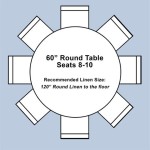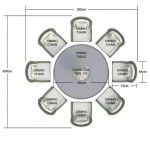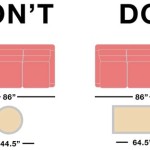What Vegetables Can I Plant Now?
As the weather warms and days get longer, it's time to start thinking about planting a vegetable garden. But what vegetables can you plant now? The answer depends on your climate zone and the specific varieties you choose. In general, cool-season vegetables can be planted in early spring, while warm-season vegetables should be planted after the last frost date. Here's a guide to help you get started:
Cool-Season Vegetables
Cool-season vegetables are those that can tolerate cooler temperatures and even a light frost. They can be planted in early spring, as soon as the soil can be worked. Some popular cool-season vegetables include:
- Broccoli
- Brussels sprouts
- Cabbage
- Carrots
- Cauliflower
- Celery
- Collard greens
- Kale
- Lettuce
- Mustard greens
- Peas
- Radishes
- Spinach
- Turnips
Warm-Season Vegetables
Warm-season vegetables are those that prefer warmer temperatures and cannot tolerate frost. They should be planted after the last frost date, which varies depending on your location. Some popular warm-season vegetables include:
- Beans
- Corn
- Cucumbers
- Eggplant
- Melons
- Okra
- Peppers
- Potatoes
- Pumpkins
- Squash
- Sweet potatoes
- Tomatoes
- Watermelons
When to Plant
The best time to plant vegetables depends on your climate zone and the specific varieties you choose. In general, cool-season vegetables can be planted in early spring, while warm-season vegetables should be planted after the last frost date. You can find the last frost date for your area by visiting the National Oceanic and Atmospheric Administration (NOAA) website. Once you know the last frost date, you can count back the number of days to maturity for each vegetable variety to determine when to plant.
Choosing Vegetable Varieties
When choosing vegetable varieties, it's important to consider your climate zone, the amount of space you have, and your personal preferences. Some vegetables are better suited to certain climates than others. For example, heat-tolerant varieties of tomatoes are a good choice for warm climates, while cold-tolerant varieties are better for cooler climates. You should also consider the size of your garden when choosing vegetable varieties. Some vegetables, such as corn and squash, require a lot of space to grow, while others, such as lettuce and radishes, can be grown in smaller spaces. Finally, it's important to choose vegetable varieties that you and your family will enjoy eating. There's no point in planting a vegetable if you're not going to eat it!
Planting Tips
When planting vegetables, it's important to follow the instructions on the seed packet. The seed packet will tell you how deep to plant the seeds, how far apart to space them, and when to water them. It's also important to choose a sunny location for your garden. Most vegetables need at least six hours of sunlight per day to grow properly. If you don't have a sunny spot in your yard, you can still grow vegetables by planting them in containers and placing them in a sunny spot on your patio or balcony.

Gardening Calendar The Best Time To Sow Plant And Harvest Vegetables Full Guide Express Co

Vegetable Gardening Tips And Tricks Planet Natural

Here Are The Fruits And Veggies You Should Plant In May Abc10 Com

What I M Gardening This Week Companion Planting Growing Up Kemper

Four Veggies You Can Plant Now Pots Trowels

20 Vegetables To Never Grow Together Ideas For Companion

Top 10 Vegetables To Grow In Fall Through Winter

Heat Loving Veggies Herbs You Can Grow Right Now In Summer Seedsnow Com

16 Vegetables You Can Plant Now For Fall Harvest Hgtv

April Gardening Guide








